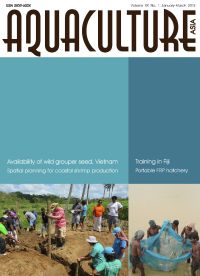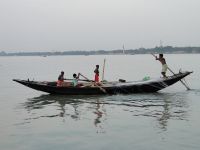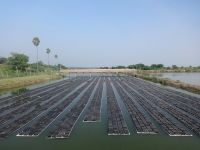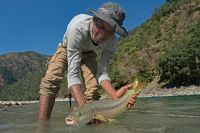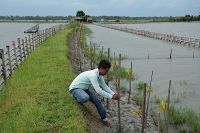Aquaculture Asia Magazine, October-December 2022
4 November 2022 | 23353 views | .pdf | 14.63 MB | Aquatic plants, Crabs and lobsters, Hatchery and nursery, India, Livelihoods, gender and social issues, Marine finfish, Shrimp, Stock enhancement
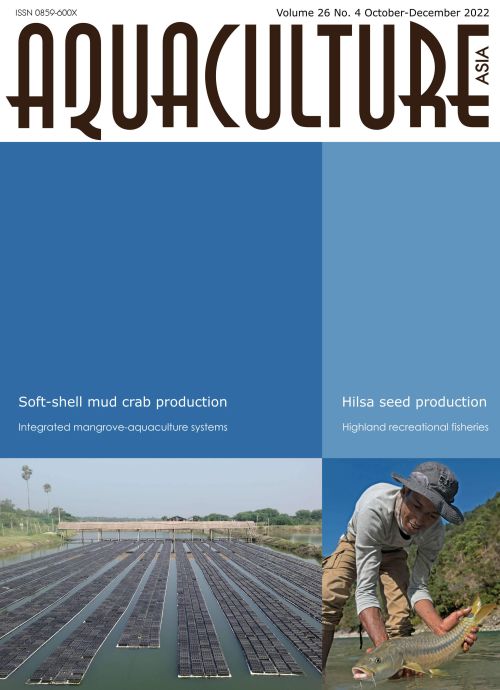
In this issue:
- Sustainable livelihood model for coastal families through seabass fingerling production: A success story
D. Deboral Vimala, C.V. Sairam, M. Kailasam, K. Ambasankar, K.K. Vijayan, P. Mahalakshmi, S. Sivananam, R. Subburaj, and G. Thiagarajan - A pilot of integrated mangrove-aquaculture as a nature-based solution to mitigate climate change in West Bengal, India
Sourabh Kumar Dubey, Udo Censkowsky, Apurba Saha, and Ajanta Dey - Recreational fisheries in Uttarakhand
Deepjyoti Baruah, D. Sarma, R.S. Patiya, Neetu Shahi, M.S. Akhtar, R.S. Haldar, P.K. Pandey, R. Posti, Bhupendra Singh and Abhishek Mishra - Soft-shell mud crab production for export in Purba Medinipur, West Bengal, India
Prabir Roychowdhury, Subhankar Senapati, Himadri Chandra and Subrato Ghosh - Conducting artificial fertilisation, hatching and spawn development of Indian shad, Tenualosa ilisha: Pathfinding hilsa domestication
D.N. Chattopadhyay, A. Chakraborty, P.K. Roy, R.N. Mandal, A. Das, A. Hussan, S. Adhikari, B.R. Pillai and S.K. Swain - NACA Newsletter
Creative Commons Attribution.
